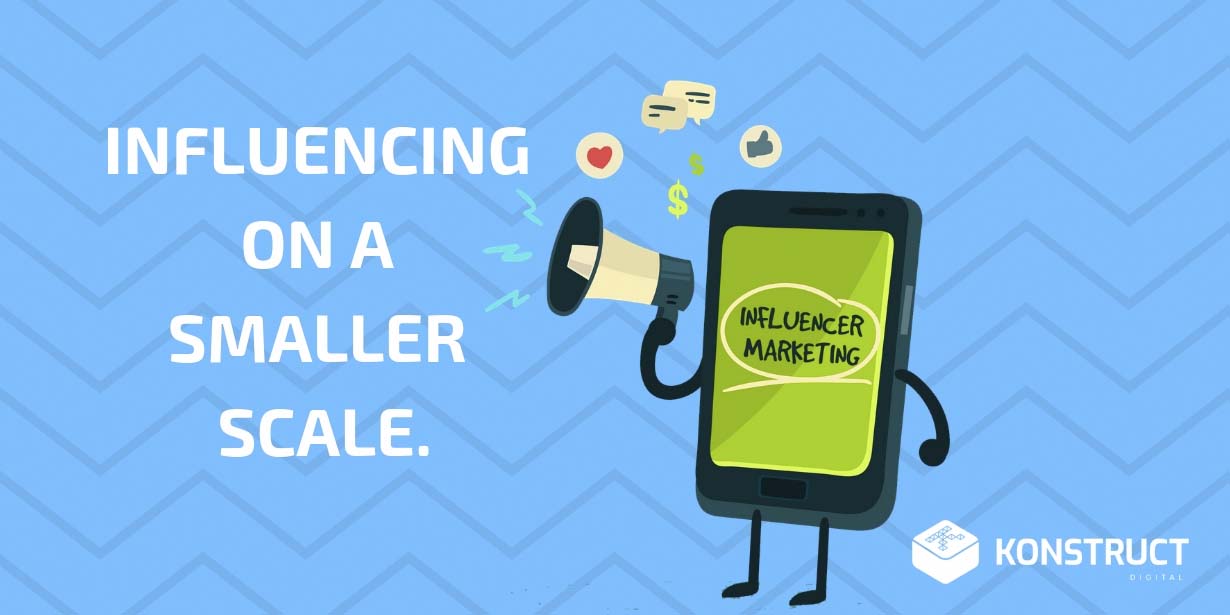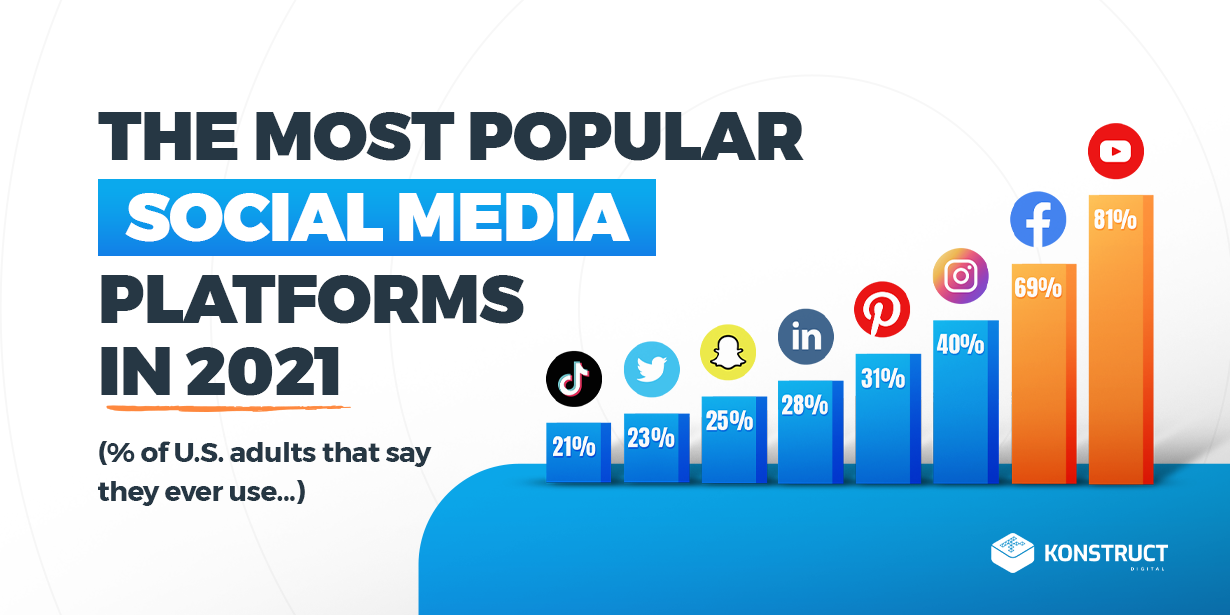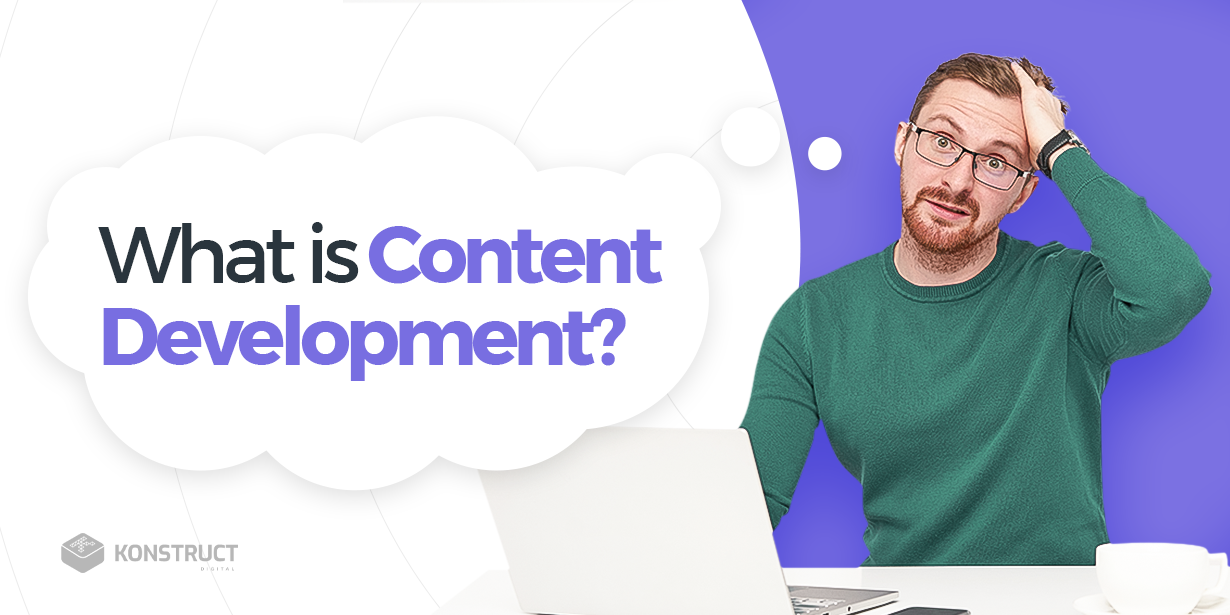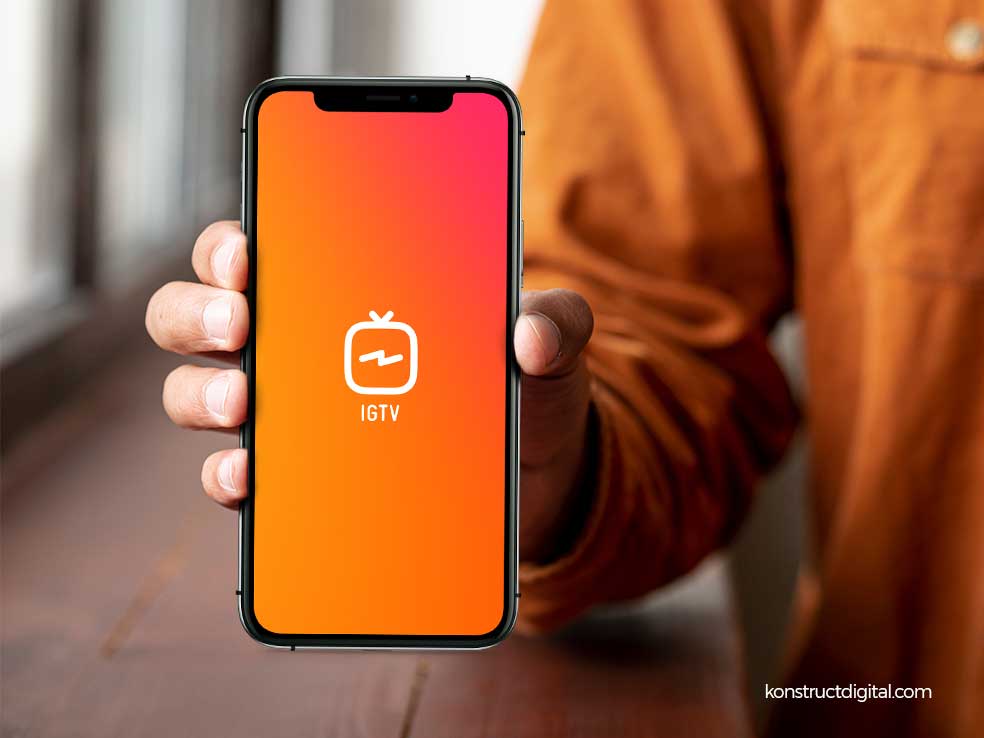Hidden in the depths of your Google Analytics data lies a mystery yet to be uncovered: dark social.
Just like many other dark and mysterious forces in the universe, dark social holds great potential within the realm of marketing. For the past decade, marketers have attempted to harness the power of dark social data, which only continues to thrive and grow in the shadows.
What is Dark Social?
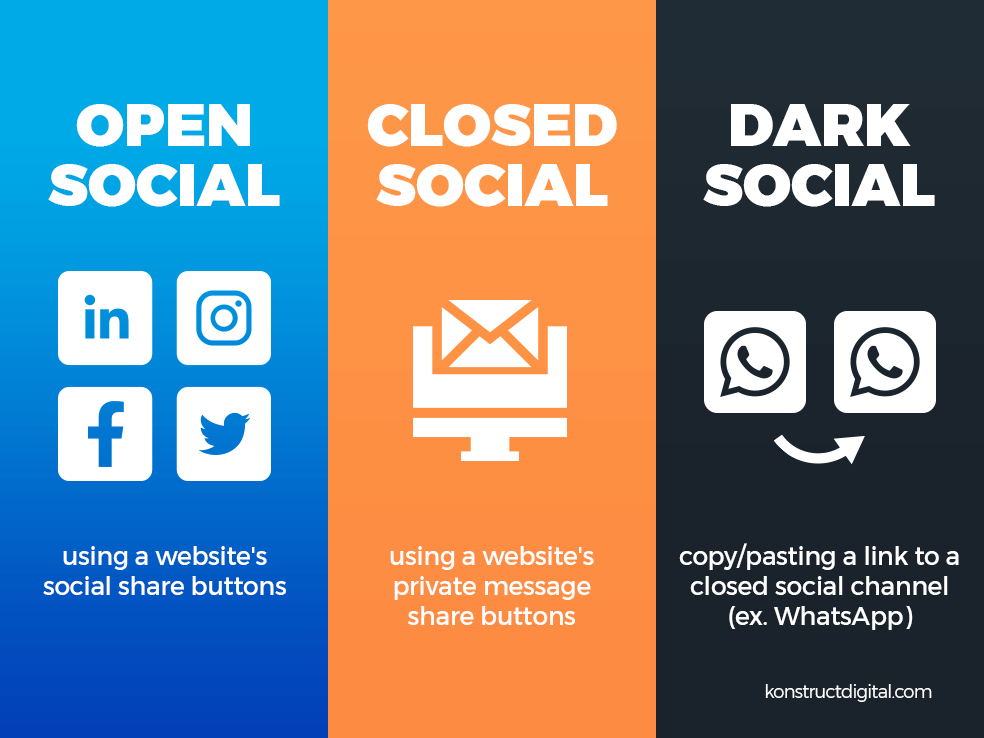
If you’re looking for a dark social definition, it is essentially website traffic that comes from an unknown source. Often, website content is shared via private channels that can’t be tracked through web analytics software such as Google Analytics.
As an example, if a link to a website, blog post, or any other type of website content is shared via a messaging app, email, or text, it becomes impossible for Analytics to properly track and categorize the traffic source.
Perhaps surprisingly, dark social doesn’t have anything to do with the dark web or dark social media posts. Dark social posts are targeted ads that don’t appear on your timeline, but instead show up as sponsored content in the feeds of specific users you’re targeting with the content. Dark social posts could be shared and turn into dark social traffic, yes, but are otherwise unrelated.
Back to our exploration of dark social!
How Dark Social Works
People are starting to move away from traditional social content sharing such as retweets on Twitter or sharing on LinkedIn and towards sharing content via private messaging apps. Instant messaging apps and other communications sources encrypt conversations between users, which obscures the source information and makes them dark social platforms. Examples include mobile apps like WhatsApp, WeChat, Facebook Messenger, Instagram instant messages, Slack, Snapchat, or more traditional channels such as email or text messaging.
Example:
- You spot an article in your social feed that you think your mom would like.
- You send a Facebook message to your mom with the article link.
- Your mom clicks on the link and checks out the article.
- Congrats! You and your mom have now participated in dark social sharing.
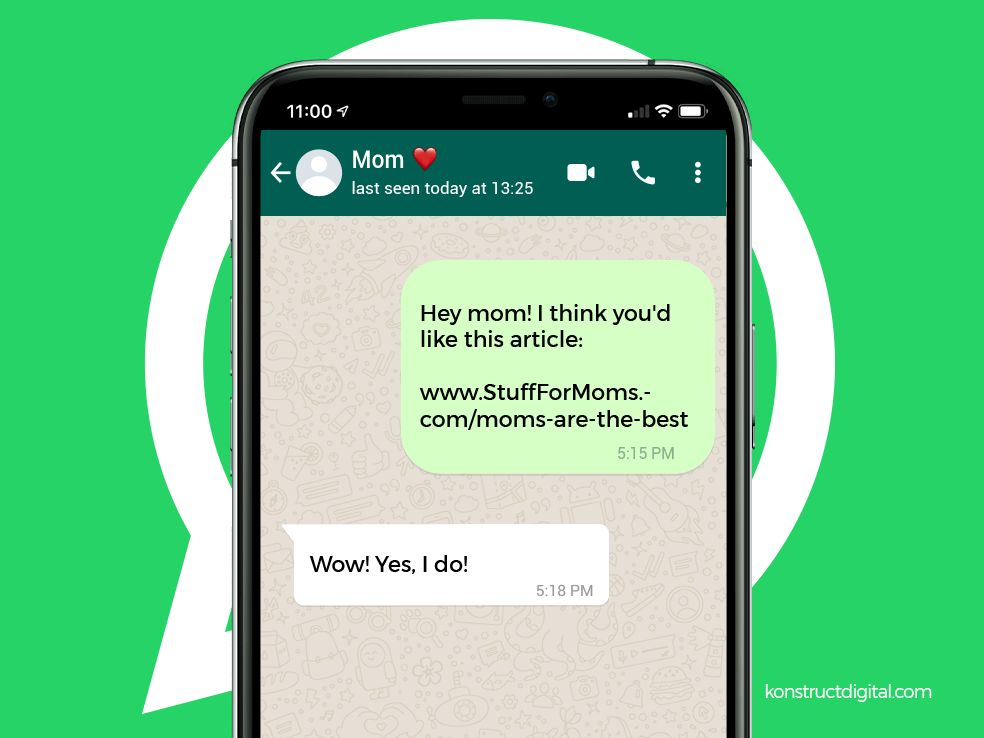
This whole chain of interaction happens in the dark. Your mom’s visit to the article will show up as direct traffic and the owner of the website will have no way of knowing how your mom found the article link. Through a marketing lens, the brand that created the article can’t attribute this type of traffic to a specific marketing tactic – in this case, their social media marketing.
If you’re the type of person who loves data and cares about showing ROI, dark social is infuriating!
The Rise of Dark Social
Dark social isn’t new. The term dark social was first coined by US journalist Alexis Madrigal of The Atlantic in 2012, and since then, the phenomenon has only expanded.
Driven by concerns about privacy and maturing online behaviour, users are increasingly switching to private messaging channels. Now, people don’t share content less than they used to, they just share differently – through private channels.
To put the magnitude of dark social into perspective, here are some dark social statistics.
- A 2019 study showed that 63% prefer content and recommendations via dark social channels (The Drum).
- Other estimates show that 80% of the social sharing of content happens via dark social channels (RadiumOne, WNIP).
- Messaging apps have 20% more active users per month compared to social networks (Business Insider).
The Issue with Dark Traffic
What’s the big deal with dark social?
Dark social traffic skews your website traffic data and makes it more difficult to make data-driven marketing decisions with your analytics tool. Because the website traffic from dark social channels is encrypted, it’s registered by Google Analytics as direct traffic rather than attributing the traffic to the appropriate source.
A quick sidebar on direct traffic. Direct traffic captures when users arrive at your site directly, for example by typing in your website URL or via a bookmark. There’s a sweet spot of about 10-20% direct traffic (Search Engine Journal). If your site receives less than 10% direct traffic, you might want to consider boosting brand awareness, but if your site receives more than 20% direct traffic, you are probably faced with dark traffic issues. In other words, direct traffic effectively captures both traffic where users know your site address along with traffic where Analytics has no idea how visitors arrived on your site.
Dark traffic doesn’t always come from dark social traffic. Other examples include:
- Traffic arriving via a secure browser (incognito window).
- Users copying and pasting links.
Most sites struggle with overreporting of direct traffic data, which, of course, means that other traffic sources such as social, paid, and email traffic are underreported. This black hole of data causes a massive attribution problem, makes it more difficult to see the results of your digital marketing efforts, and identify potential target audiences and customers.
If you’re interested in learning more about your Google Analytics data, check out our blog post that gives a breakdown of 6 Metrics You Should Be Monitoring in Google Analytics.
How to Investigate the Scope of Dark Social
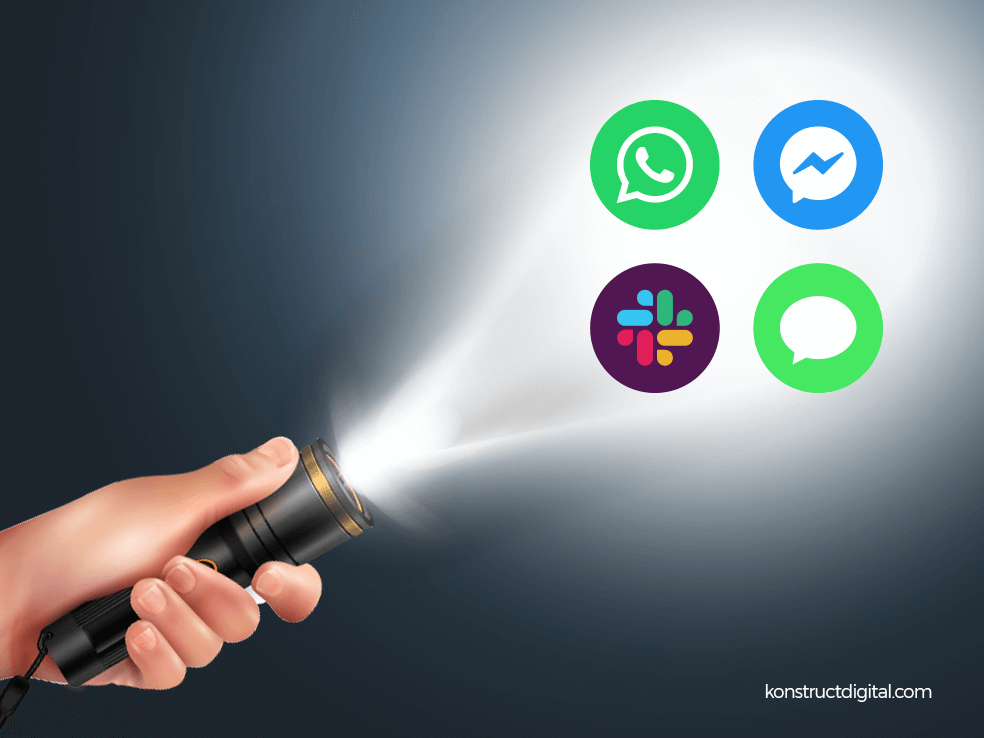
Like most other sites, you probably have issues with dark social traffic. There are a number of ways you can determine how much dark social distorts your data.
On the more extreme end, Groupon has experimented with completely de-indexing their site for a day. As a result, they saw almost no organic traffic and a 60% drop in their direct traffic during the test period compared to the same time in the previous week (Search Engine Land). This experiment demonstrates just how much dark social traffic can impact your data. If Groupon’s direct traffic was “true” direct traffic, they should have seen no difference in their direct traffic data by deindexation. Instead, the results indicate that much of the direct traffic is really mislabelled.
We’d strongly discourage you from replicating Groupon’s deindexation experiment, so here are a few other ways you can uncover how much dark social impacts your site traffic data.
Google Analytics
When you’re looking at your direct traffic data in Analytics, check the landing page of the direct traffic. If there are lots of long, complex links in direct traffic, it’s unlikely that the visitor has typed in the URL and arrived directly on that page. For example, it’s hard to believe that a user just happens to know and enter the URL for this blog post https://www.konstructdigital.com/social-media/igtv-guide/. It’s more realistic that dark social forces are at play.
To isolate dark social traffic, you could create an Analytics segment that contains only visitors from direct traffic who are not going to the home page. That way, you’ll get an idea of how much of your direct traffic is dark social traffic that isn’t attributed correctly.
Dark Social Tools
If you want to delve deeper into your dark social data, you can also use a tool such as GetSocial to assess the volume of dark social traffic and see how your content is being shared. Going this route is not a cheap option, but can be a valuable tool if you really want to invest in your content strategy.
What can You do to Fix it?
Unfortunately, there’s no way to shine a light on all of your dark social traffic, but there are ways you can get better insights about dark social sharing.
Offer Share Buttons
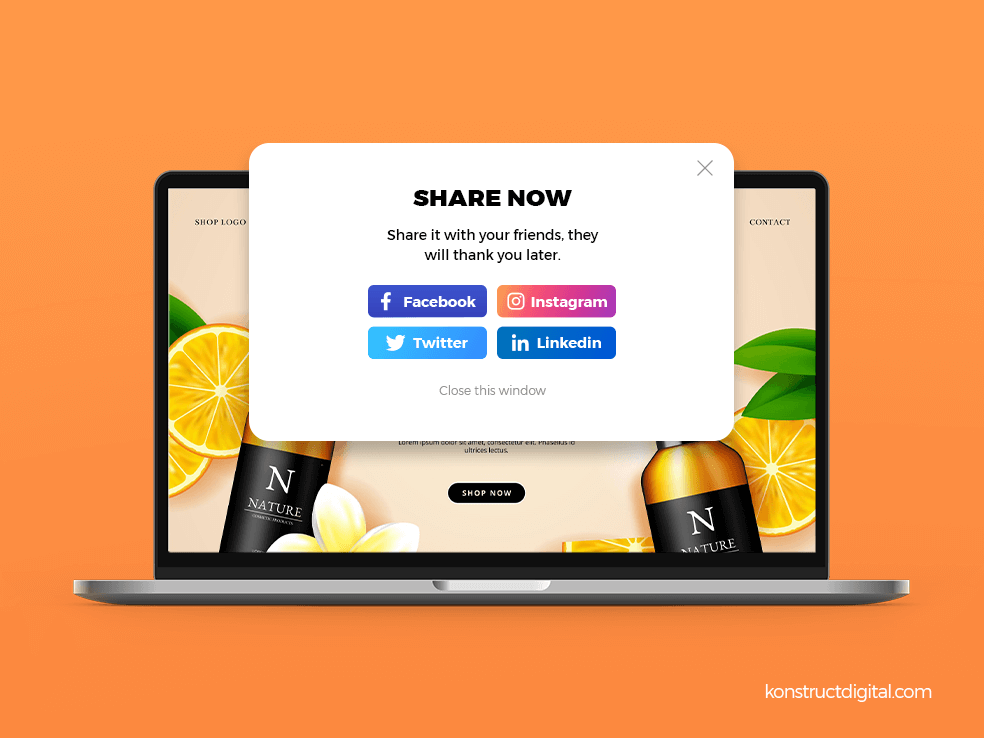
You can use a tool such as ShareThis to add share buttons that track how your content is being shared.
Custom Tracking Codes
UTM codes are not a perfect solution for resolving dark social tracking issues, it can help improve traffic attribution to your campaigns.
The Bright Side of Dark Social
While losing out on valuable data can be frustrating, dark social also presents an opportunity. If marketers can find a way to tap into what dark social, the type of content that people share privately can give you valuable information about their interests and what resonates with your audience.
You get more referrals than you think
Dark social exposes an increasing tendency to make referrals and product recommendations privately. Just because these referrals are hard to trace doesn’t mean that they aren’t happening. More importantly for marketers, your campaigns are working their magic albeit in the dark and via private whispers.
With that in mind, there are tactics you can use to leverage dark social to your advantage.
Dark Social Marketing Opportunities
Dark social sharing isn’t going anywhere, so why not lean into the darkness!
Optimize for Dark Social Sharing
One way of adjusting to the reality of more people shifting to private methods of sharing is to shake up your content strategy to capitalize on dark social sharing.
In a way, creating content that encourages dark social sharing is a way to leverage “micro influencers”, well-connected people who can help spread the word about your brand and products. People are more likely to engage with content that is shared by someone they trust, whether that’s a friend, family member, or a coworker, so creating relevant, sharable content has never been more important to drive traffic from dark social sharing.
Dark Social Listening
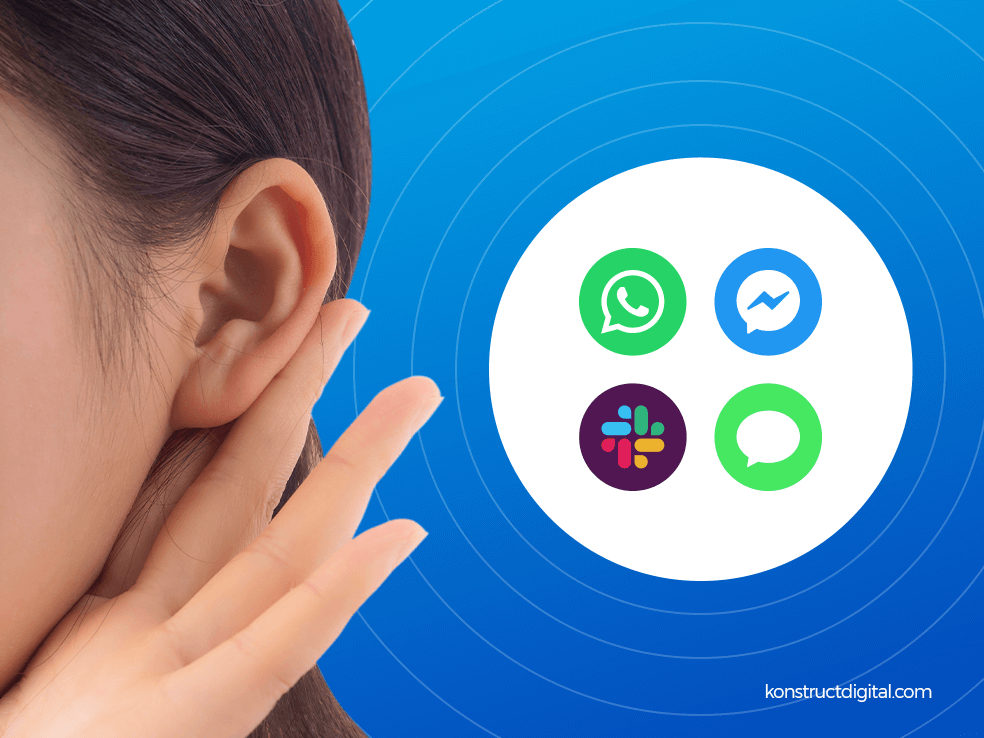
Some larger brands have already embraced dark social culture to engage people where they are at, discover new trends, and encourage word-of-mouth sharing.
As part of their social media strategy, Starbucks has started using “dark social listening” through private Facebook groups to spark conversations with brand ambassadors on product development and testing (MarketingWeek). For the coffee giant, dark social has proven an effective way to get authentic consumer insights that complement their traditional market research efforts.
Level Up Your Social Media Marketing
Now that you’re up-to-date with dark social, it’s time to get started on using dark social for your benefit.
If you’re struggling with finding the time to devote to your social media efforts, our social media marketing experts can help you with a social media strategy that generates results for your business.



